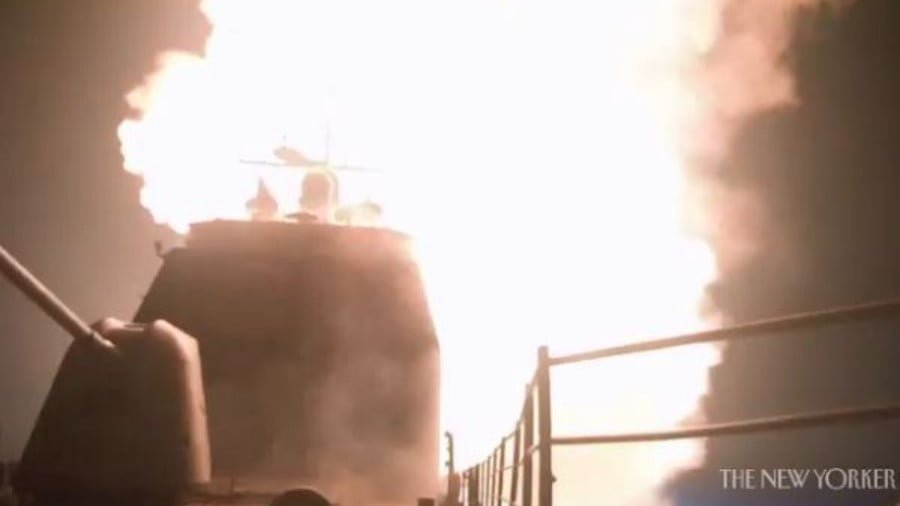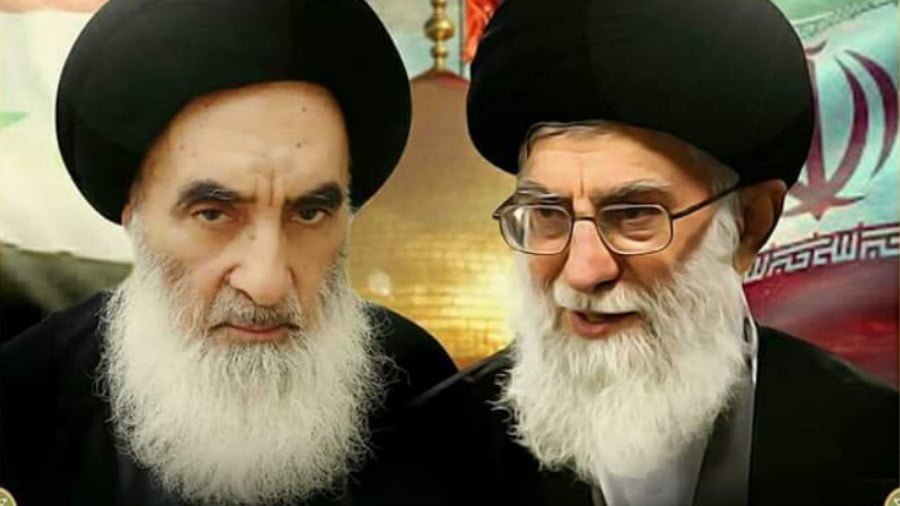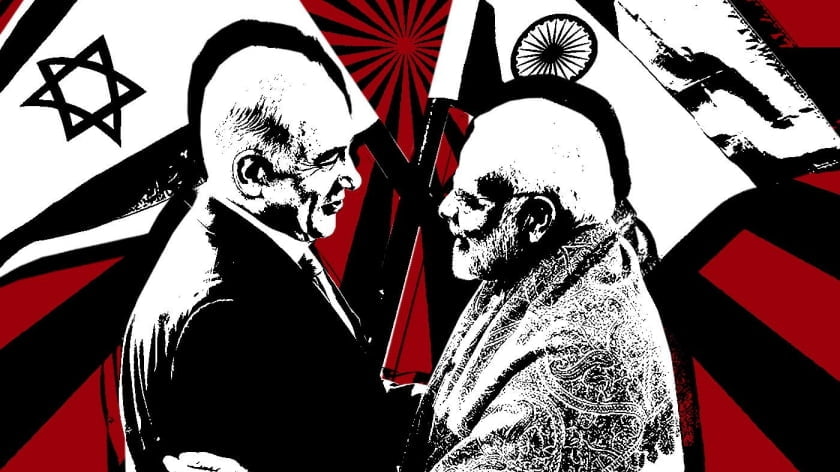The True Nature of the Trump-Saudi Alliance
“Suspending disbelief” are the words that spring to mind, as Donald Trump declares that “Saudi Arabia is not paying its fair share for U.S. defense.” What could he be thinking?
To a mere onlooker, albeit a fairly well-informed one, this twist in the Alice in Wonderland world of Saudi-U.S. relations seems particularly perverse – which is quite something. Only a month ago a Saudi delegation was in Washington taking marriage vows with the new U.S. administration and looking forward to a renewed partnership in fighting their common enemies – Iran, and ISIS.
Apparently, the relationship had been difficult under the Obama administration, though not so difficult as to prevent their strategic cooperation against Russia and Iran. Russia may well have perceived the Saudi’s wilful sabotage of the oil market as a joint effort with the U.S., as despite its serious effect on the U.S. Shale oil industry, the targets of this market conspiracy – Russia, Venezuela, and Iran – were U.S. targets.
The consequences of the dramatic fall in the oil market, at one point to a third of its previous high point, were finally also far worse for the Saudis than for Russia, with the Saudi ‘deficit’ reaching hundreds of billions. Not only was it forced to sell its dwindling oil reserves for no return, but the kingdom was also spending a massive amount in its war on Yemen.
The Saudis were finally brought to the table late last year, agreeing to a production cut along with other OPEC members but also with Russia participating. The depth of problems faced by the Saudis was illustrated by their having to abandon demands that Iran also cut production – despite it only having just re-entered the market following the “Obama nuclear deal”.
Although both the Saudis and the Russians may now benefit from the improved oil price, there has been one bigger winner – the now-booming U.S. shale oil industry. What is more, the biggest loser in this game of chicken has been Venezuela, whose collapsing oil revenues have been compounded by U.S. destabilization to bring the country to its knees.
But back to the U.S. defense of Saudi Arabia, and Donald Trump’s cognitive processes. Could there be some other explanation for the apparent sales of billions of dollars’ worth of U.S. armaments to the Saudis, ‘swapped’ for billions of barrels of black gold? Are the fighter planes and tanks and guns sold under some special deal, with the money made on the bullets and bombs that make them ‘useful’? What might be called the ‘printer model’ – where printers are sold at knock-down prices while the ink cartridges that make them useful cost an exorbitant amount and always need replacing.

If this is what Trump was thinking then we are even more confused, as the Saudis have been using up their ‘printer ink’ so fast shooting at Yemenis that they’ve needed several emergency recharges.
Maybe it’s better to look at what really appears to be happening between Saudi Arabia and the U.S., as well as with other U.S. allies and consider its relation to what has been happening in Syria, if only because no-one else has been.
Perhaps the most significant and indicative event of the last few years involving Saudi Arabia in Syria was the launching of the “Army of Conquest” – Jaish al-Fatah – in March 2015, and at a time when the opposition forces were fast collapsing.
Following a trip to Riyadh by President Erdogan, this joint Saudi-Turkish army of around 10,000 violent takfiri mercenaries surged into Idlib province and set up headquarters in Idlib city. In the following months, its fighters pushed south and east towards Latakia and Hama, using a barrage of suicide bombers and anti-tank U.S. TOW missiles against the Syrian army and local defense forces, and recapturing territory that had been earlier liberated from the grip of various armed groups.
It was this ‘terrorist surge’ that finally forced Russia to come to the aid of the Syrian Army and its Hezbollah brigades, though their intervention also targeted the expanding forces of ISIS in the east. Looking back now it seems obvious that there was cooperation between those in control of ISIS and of Jaish al-Fatah, as we have seen this pattern repeated – for instance in the ISIS retaking of Palmyra while attention was focused on liberating Aleppo. This is hardly surprising given that ISIS was also operating in Syria with the apparent cooperation and collaboration of Turkey, in a fashion reminiscent of the U.S.-Saudi ‘weapons for Oil’ model, as the sale of stolen Syrian oil trucked out through Turkey financed the arms and supplies coming back into Syria.
But the real and continuing deceit shared across Western media, NGOs and governments, is that Saudi Arabia is a partner with the West in fighting terrorism, in Syria, Yemen or anywhere else. The Saudis’ direct support for terrorist forces, whether Al Qaeda or Da’esh/ISIS, both ideologically and militarily, is hardly arguable and sometimes even openly acknowledged. Yet they regularly pronounce Iran as the chief sponsor of terrorism and the greatest threat to peace in the region – an effective diversion and inversion of the truth.
At the beginning of the much-publicized operation to retake Mosul from Da’esh, it was reported that Saudi Arabia had made certain demands from Baghdad before ‘allowing’ Iraqi Shia forces to be involved. One of these demands was that 8000 Da’esh fighters should be allowed to leave Mosul and move across the border into Syria. This scandalous demand seemed hard to believe at first, though it was strongly protested by Russia. The subsequent appearance of thousands of ISIS fighters heading for Deir al Zour and Palmyra however, unopposed by the U.S. coalition forces as they trooped across the open desert, demonstrated its truth.
In fact, Saudi Arabia’s support for both the military and political opposition in Syria makes it the prime force against Syria and her allies as well as the most important ally of the U.S. and NATO forces in pushing their regime change agenda. This alliance has become very noticeable since the U.S. cruise missile attack on Syria, with key Western leaders visiting Riyadh including Theresa May and Angela Merkel. As it is mooted that Donald Trump may also visit Riyadh and Tel Aviv “on his way to Europe” this month, it appears that we are throwing in our lot with the Saudis, and with everything that implies.
Whether that amounts to ‘defending the Saudis’ or not is questionable, but we might be glad they are not ‘defending’ us.
By David Macilwain
Source: The American Herald Tribune







